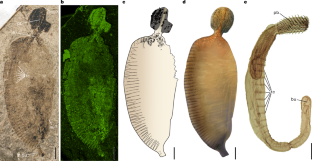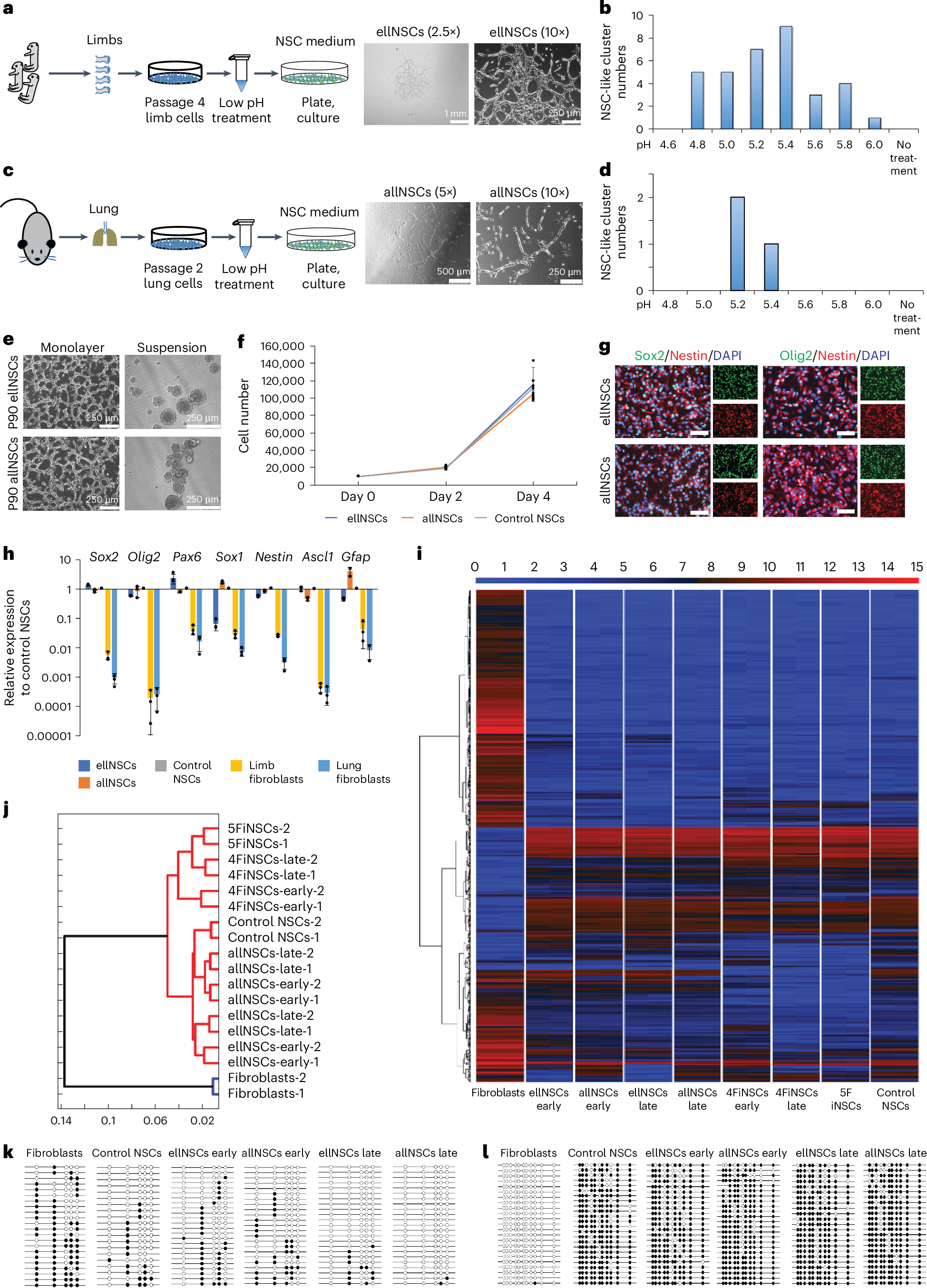2025-04-09 中国科学院(CAS)
<関連情報>
- https://english.cas.cn/newsroom/research_news/life/202504/t20250409_1040887.shtml
- https://www.pnas.org/doi/10.1073/pnas.2417148122
LTD4によるシステイニル・ロイコトリエン受容体2型活性化の構造基盤 Structural basis of the cysteinyl leukotriene receptor type 2 activation by LTD4
Mengting Jiang, Youwei Xu, Xiaodong Luan, +5, and Wanchao Yin
Proceedings of the National Academy of Sciences Published:April 7, 2025
DOI:https://doi.org/10.1073/pnas.2417148122
Significance
Our research addresses a significant gap in the current understanding of CysLT2R activation by its endogenous ligand, cysteinyl leukotriene D4 (LTD4). Utilizing cryo-electron microscopy, we present the structure of LTD4-bound human CysLT2R in complex with the Gαq protein. The structure reveals a previously uncharacterized spacious polar pocket and the lateral ligand access route into the orthosteric pocket between transmembrane helices 4 and 5. These findings illuminate the crucial role of transmembrane domain helix 3 in sensing agonist moieties. Our study not only advances the foundational understanding of CysLT2R activation but also provides a rational basis for the design of novel therapeutic agents targeting this receptor, an emerging therapeutic target with significant implications across inflammatory and oncological conditions.
Abstract
The G protein–coupled cysteinyl leukotriene receptor CysLT2R plays intricate roles in the physiology and pathogenesis of inflammation-related processes. It has garnered increasing attention as a potential therapeutic target for atopic asthma, brain injury, central nervous system disorders, and various types of cancer. In this study, we present the cryo-electron microscopy structure of the cysteinyl leukotriene D4 (LTD4)-bound human CysLT2R in complex with a Gαq protein, adopting an active conformation at a resolution of 3.15 Å. The structure elucidates a spacious polar pocket designed to accommodate the two branched negative ends of LTD4 and reveals a lateral ligand access route into the orthosteric pocket located on transmembrane domain helix (TM) 4 and 5. Furthermore, our findings highlight the crucial role of transmembrane domain helix 3 in sensing agonist moieties, representing the pivotal mechanism of receptor activation for both CysLT1R and CysLT2R. Collectively, the insights derived from our structural investigation establish a foundation for comprehending CysLT2R activation by its endogenous ligand LTD4, offering a rational basis for the design of drugs targeting CysLT2R.



